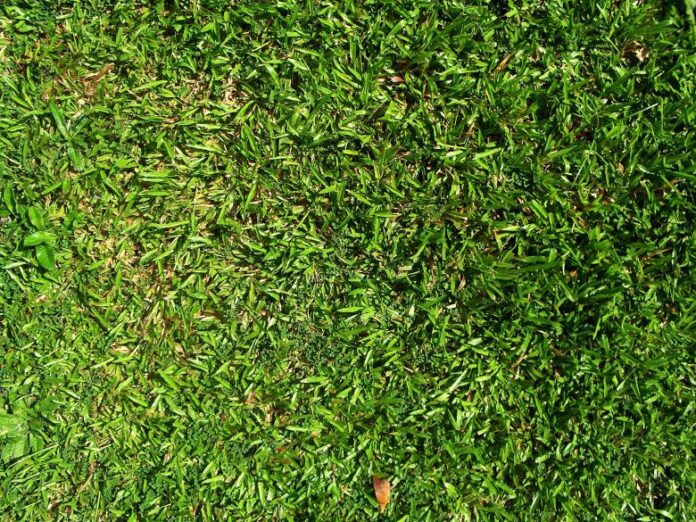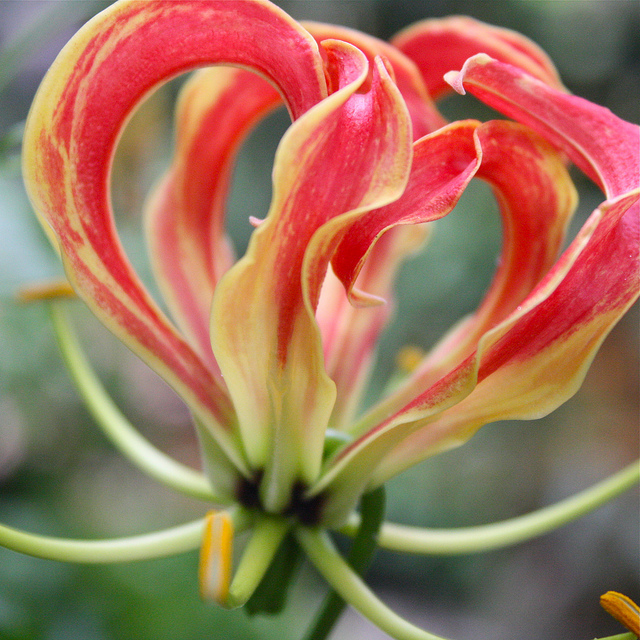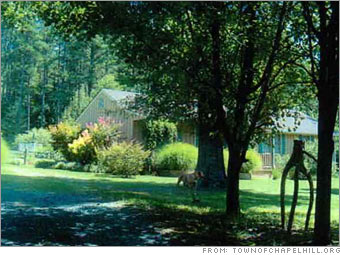Among the information available on Clemson Extension’s Plant Problem Clinic website (www.clemson.edu/public/regulatory/plant_industry/plant_prob_clinic) is the 2012 annual report of all the samples sent to the lab. Thousands of samples sent in from every corner of the state are listed by the plant of interest and the diagnosis.
If we look at the data on lawn problems, the results are contrary to what would be most folks’ expectations. Judging from the phone calls and visits I get at the Richland County Extension Office, people with lawn problems usually seem to want to first blame insects, especially grubs for their problems.
With the possible exception of chinchbugs (which I’ll get to in a moment), insects are not much of a problem for our lawns. Out of 467 warm season grass (centipede, Bermuda, zoysia, St. Augustine) samples sent to the lab last year, there were 12 reports of chinchbugs on St. Augustine lawns and only two other confirmed incidents of insect damage: one of white grubs damaging a centipede lawn and one of mealybugs, also on centipede. There were no other diagnoses of insect damage. There was, however, one other report of an insect present—a Harpalus ground beetle—but this is a beneficial insect that eats weed seeds.
The nature of the Plant Problem Clinic data doesn’t allow one to conclude that grubs aren’t a problem to keep in mind, or that your lawn will never suffer from a grub or other insect infestation. But they do indicate that insects aren’t a big problem. Keep bugs in mind when you’ve got lawn problems, just not in the front of your mind—keep them somewhere far in the back, near where you keep the address of the house you grew up in and the recipe for paper maché.
The one insect problem that is a common concern for some of us is chinch bugs. They can be a problem of St. Augustine lawns, but they are not the most common problem of St. Augustine. Last year, out of 86 St. Augustine samples sent to the Plant Problem Clinic, 12 were diagnosed with chinch bugs, and 31 samples were diagnosed with gray leaf spot, a fungal disease that’s the number-one problem with St. Augustine lawns.
If you run into a problem with your lawn, the thing that should be in the front of your mind (near the location of your spouse’s birthday and what you need to access your secret Swiss bank account) are abiotic (non-living) factors. These include the human-determined causes of lawn problems—too much or too little water, herbicide or fertilizer damage, soil compaction—and other problems that might be natural but are not caused (at least proximally) by bugs and pathogens—low pH, insufficient nutrients, cold damage, too much shade. Of 206 centipede lawn samples submitted to the Plant Problem Clinic in 2012, two were diagnosed with insects (the one grub and one mealybug diagnoses). Forty samples were diagnosed with fungal diseases. One hundred and thirty-four (nearly two-thirds!) were ascribed to abiotic causes.
Learn a lesson from all those samples your neighbors have sent in. Don’t waste your money poisoning your lawn prophylactically for insect problems. Don’t spray at the first signs of a problem. Instead, play lawn detective and see first which of the abiotic suspects doesn’t have an alibi.





